The increasing cost of living in many Canadian cities is becoming a significant barrier for millennials. With housing prices soaring and rental rates climbing, the dream of homeownership is slipping further away for many young people. The situation is compounded by slow wage growth, which hasn’t kept up with the rising cost of living. Millennials across Canada are forced to move to smaller towns, share living spaces, or delay major life milestones like buying a home or starting a family. This list highlights 22 places across Canada where millennials are finding it increasingly difficult to afford to live.
Vancouver, British Columbia

Vancouver has long been one of Canada’s most expensive cities, and this trend shows no signs of slowing down. The average home price in Vancouver is well over $1 million, making it one of the least affordable housing markets in North America. Millennials looking to break into the market face substantial barriers, as wages don’t match the inflated housing costs. Even rental prices are sky-high, with one-bedroom apartments averaging over $2,000 monthly. The city’s proximity to the coast and a booming tech sector keep demand high, further driving up costs.
Toronto, Ontario

Toronto remains Canada’s largest city and one of the most expensive, with the average home price now at around $765,000. Although millennials in the city have access to a relatively strong job market, especially in tech, finance, and creative industries, the high cost of living makes saving for a home challenging. The rental market is equally competitive, with high demand leading to inflated prices. The city’s housing shortage and steady population growth continue to push home prices higher, leaving millennials to search for more affordable places outside the city limits.
Victoria, British Columbia

Victoria, the capital of British Columbia, is known for its charming harbor, mild climate, and relaxed lifestyle, but it’s quickly becoming unaffordable for many millennials. The real estate market in Victoria has exploded in recent years, with home prices climbing by double-digit percentages annually. Many millennials, particularly those in entry-level positions or those working in the service sector, struggle to keep up with rising housing costs. Although rent is somewhat lower than in Vancouver, it is still out of reach for those without a stable, high-paying job.
Kelowna, British Columbia

Kelowna, located in British Columbia’s Okanagan Valley, is another city that’s become increasingly unaffordable for millennials. Once known for its affordable housing and beautiful scenery, Kelowna’s real estate market has exploded recently. The city’s transformation into a popular destination for retirees and young professionals has increased demand for both homes and rental properties. Consequently, home prices have skyrocketed, leaving millennials who were once able to afford to live there now scrambling for more affordable living options.
Ottawa, Ontario

Ottawa, as Canada’s capital, offers relatively good job opportunities, particularly in the government and tech sectors. However, it has also seen a steady rise in housing prices. While living costs are lower than in Toronto, Ottawa’s rapid real estate price growth has left many millennials behind. First-time buyers now face a market where even moderately priced homes are out of reach. Renters are also facing higher prices, with the average rent for an apartment in Ottawa nearing $2,000 per month, which takes a significant chunk out of millennials’ paychecks.
Montreal, Quebec

Once known for its relatively affordable cost of living, Montreal has experienced a sharp increase in housing prices over the past few years. As more people move to the city for its vibrant arts and culture scene and strong job market, the demand for housing has pushed up property values. This has made it harder for millennials, especially those in lower-paying jobs, to find affordable housing options. While Montreal’s housing market is still more affordable than Toronto and Vancouver’s, rising prices are making it increasingly difficult for millennials to live comfortably.
Halifax, Nova Scotia
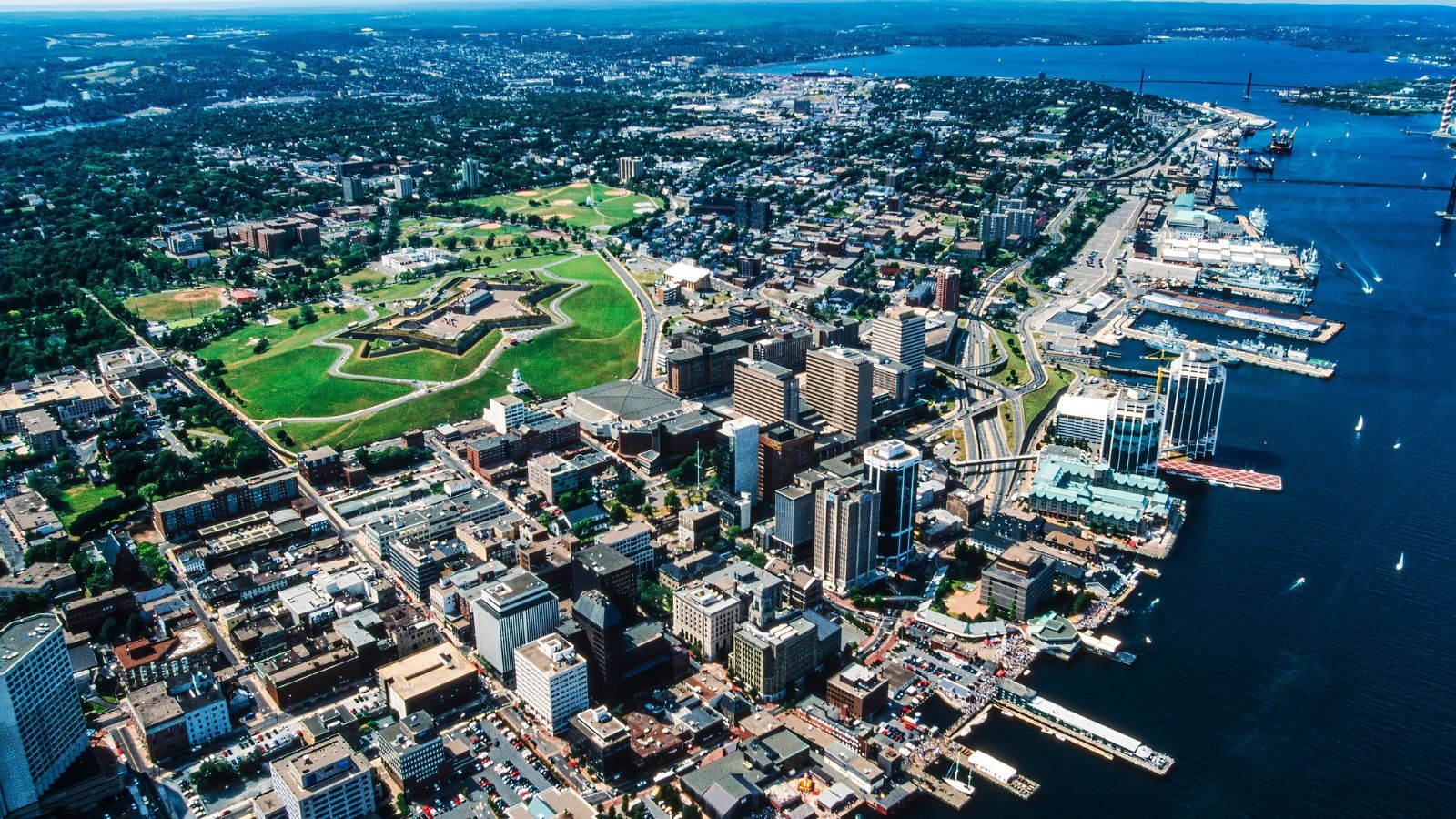
Halifax, once known for its lower cost of living, has seen a surge in housing demand in recent years, pushing up home prices and rents. As more people from other provinces and countries move to Halifax for its maritime charm and growing job market, young adults struggle to keep up with the rising costs. Housing prices have jumped by double digits, and rental availability is tight, meaning millennials are increasingly priced out of their preferred neighborhoods. The once-affordable city is now becoming a challenge for those looking to establish themselves.
Burnaby, British Columbia

Burnaby, located just outside Vancouver, has become a hotspot for those looking to live near the city without the extreme costs. However, this has led to rising housing prices, making it difficult for millennials to break into the market. The city’s proximity to Vancouver has made it a desirable place to live, contributing to a sharp increase in home and rental prices. For millennials, this means either settling for smaller spaces or considering longer commutes, but both options come with their financial challenges.
Mississauga, Ontario
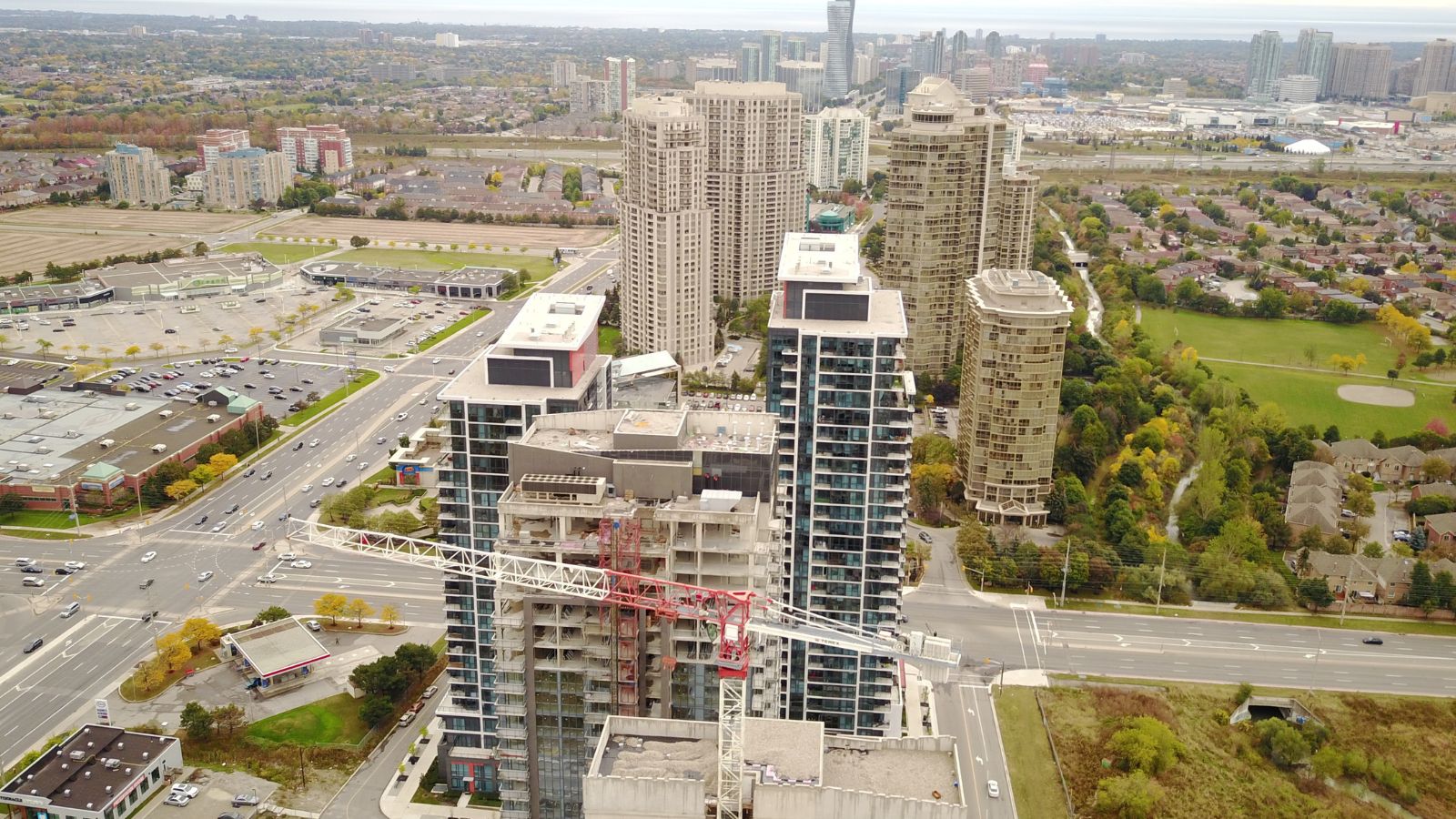
Mississauga, a growing suburb of Toronto, has become a highly sought-after area to live in, especially for those who work in Toronto but can’t afford the sky-high costs of living there. However, Mississauga’s popularity has led to increasing housing prices. Millennials now find it difficult to afford property in this once-affordable area, with many having to look further outside the city for housing that fits their budget. The rental market is also competitive as more people flock to the area for its proximity to Toronto’s job market and amenities.
Markham, Ontario

Markham, located just north of Toronto, has seen significant growth in recent years. As the city becomes a tech hub, the housing demand has increased substantially. While Markham’s population is highly educated and employed in well-paying industries, millennials are struggling with the sharp rise in real estate prices. Homeownership has become an elusive goal for many, with escalating prices pushing young buyers out of the market. As a result, millennials are looking to smaller towns in Ontario for more affordable options.
North Vancouver, British Columbia

North Vancouver, with its beautiful views and access to outdoor activities, has long been a desirable place to live. However, its growing popularity has resulted in rapidly increasing housing prices. The city’s proximity to downtown Vancouver and its highly sought-after residential areas have caused demand to outpace supply, leading to a rise in both housing costs and rental rates. For millennials, this means they either need to find affordable housing further away from the city center or make do with less-than-ideal living situations.
Richmond, British Columbia

Richmond, another suburb of Vancouver, has experienced a boom in both residential and commercial development. This rapid growth has led to increasing housing prices, making it difficult for millennials to afford to live there. The city is home to many immigrants and families who have contributed to the demand for housing. However, despite being more affordable than Vancouver proper, Richmond’s real estate market has become less accessible for younger buyers, particularly those entering the market for the first time.
Surrey, British Columbia

Surrey has seen rapid development in recent years, becoming one of the largest cities in British Columbia by population. The demand for housing has soared as more people are drawn to Surrey for its growing job market and proximity to Vancouver. However, as demand increases, so do property prices, and millennials are finding it increasingly difficult to afford housing in this once-affordable city. Rentals are also on the rise, with many millennials opting for smaller units or moving further away from the city to find more affordable living options.
Oakville, Ontario
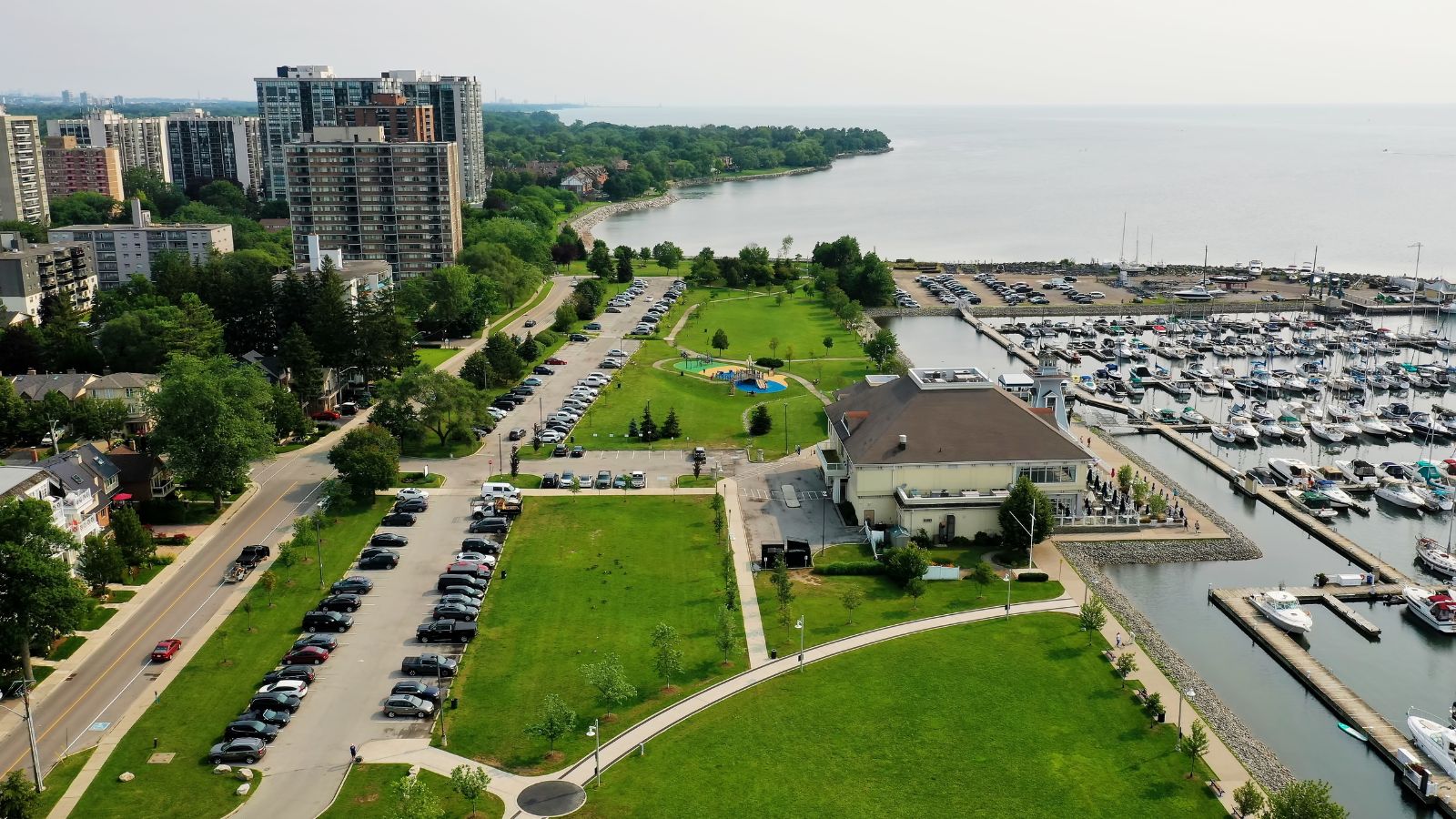
Oakville is one of the most desirable suburbs of Toronto and is known for its excellent schools, parks, and waterfront views. However, these amenities come at a price. Housing prices in Oakville have skyrocketed, making it difficult for millennials to enter the market. Even though Oakville offers a relatively high standard of living, many young people are now looking to other parts of Ontario where they can afford to buy a home or rent an apartment without breaking the bank.
Brampton, Ontario
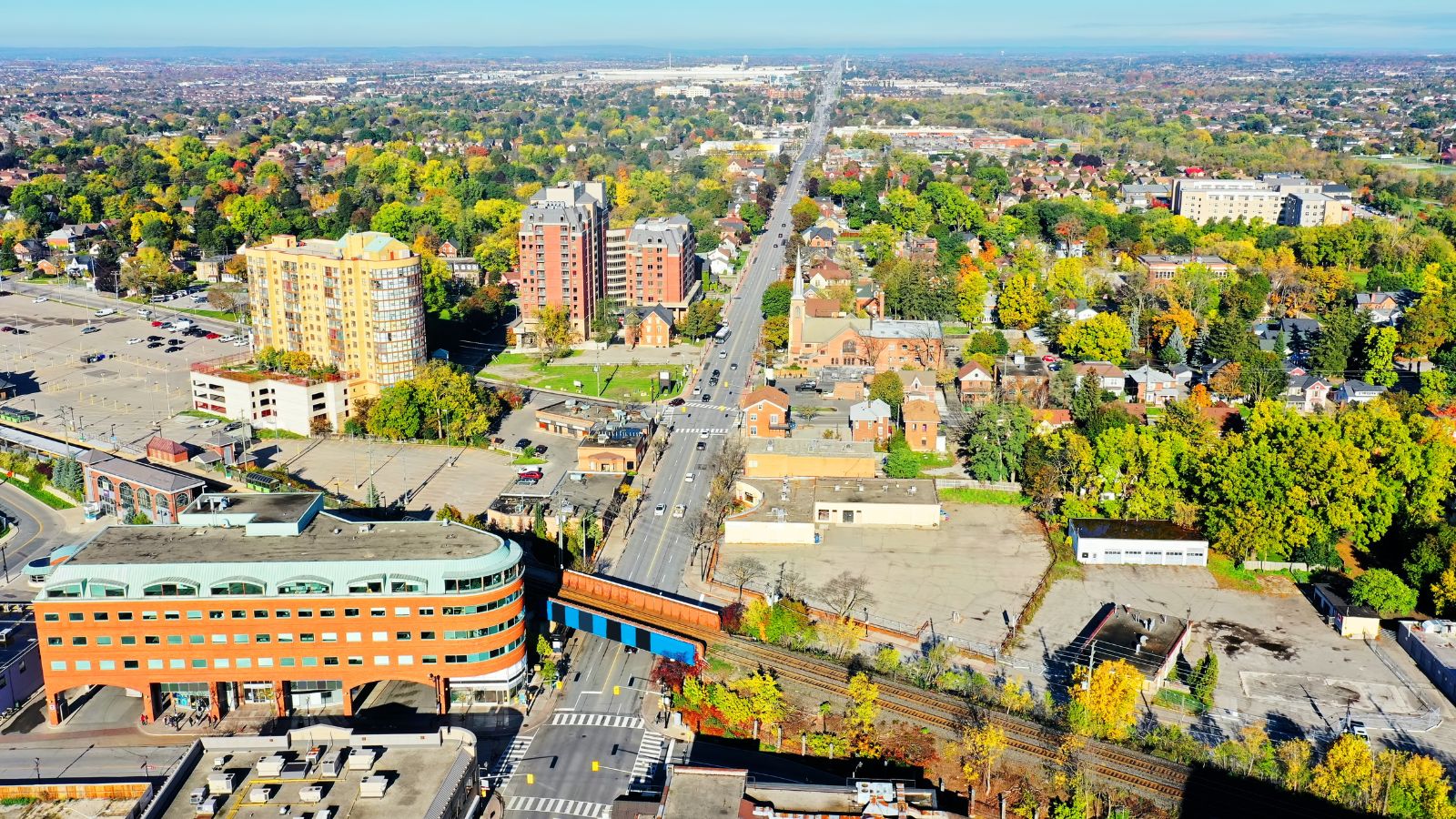
Brampton is known for its large South Asian community and its proximity to Toronto, making it a popular choice for many. However, as the city’s population grows, so do the housing prices. Once considered affordable, Brampton has seen a sharp increase in home prices, and millennials are finding it harder to find suitable accommodation. With limited affordable rental options and rising property costs, young people in Brampton are being squeezed out of the market.
Hamilton, Ontario
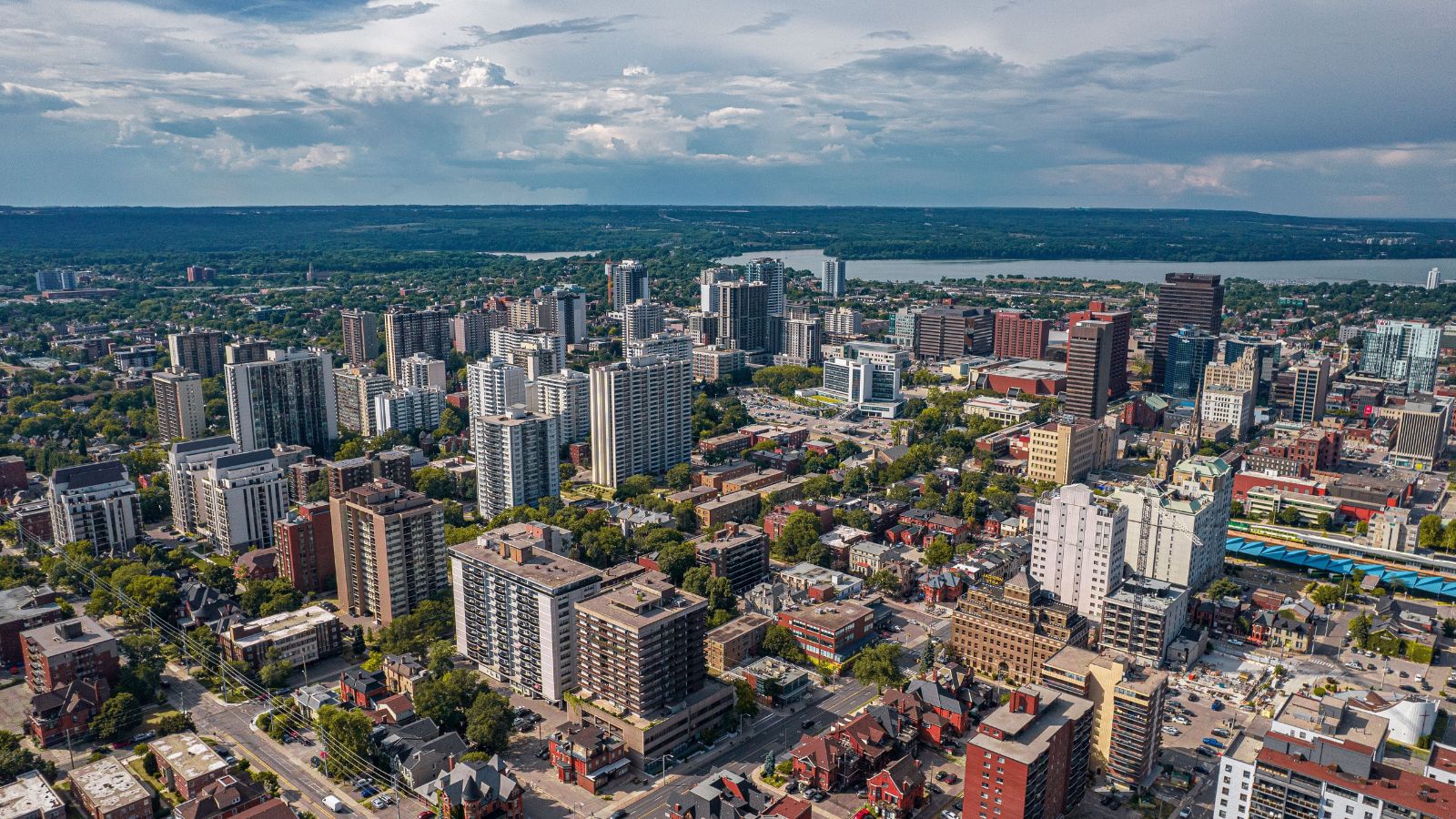
Historically, Hamilton has been a more affordable alternative to Toronto, and it has recently seen a huge influx of people looking for lower-cost housing. Housing demand has risen as the city’s population grows, driving up property prices. While Hamilton remains more affordable than Toronto, the gap is narrowing quickly, and millennials are increasingly finding it difficult to afford to live in the area. Rising rents and home prices are putting financial pressure on young people who were once able to live comfortably in the city.
Langley, British Columbia
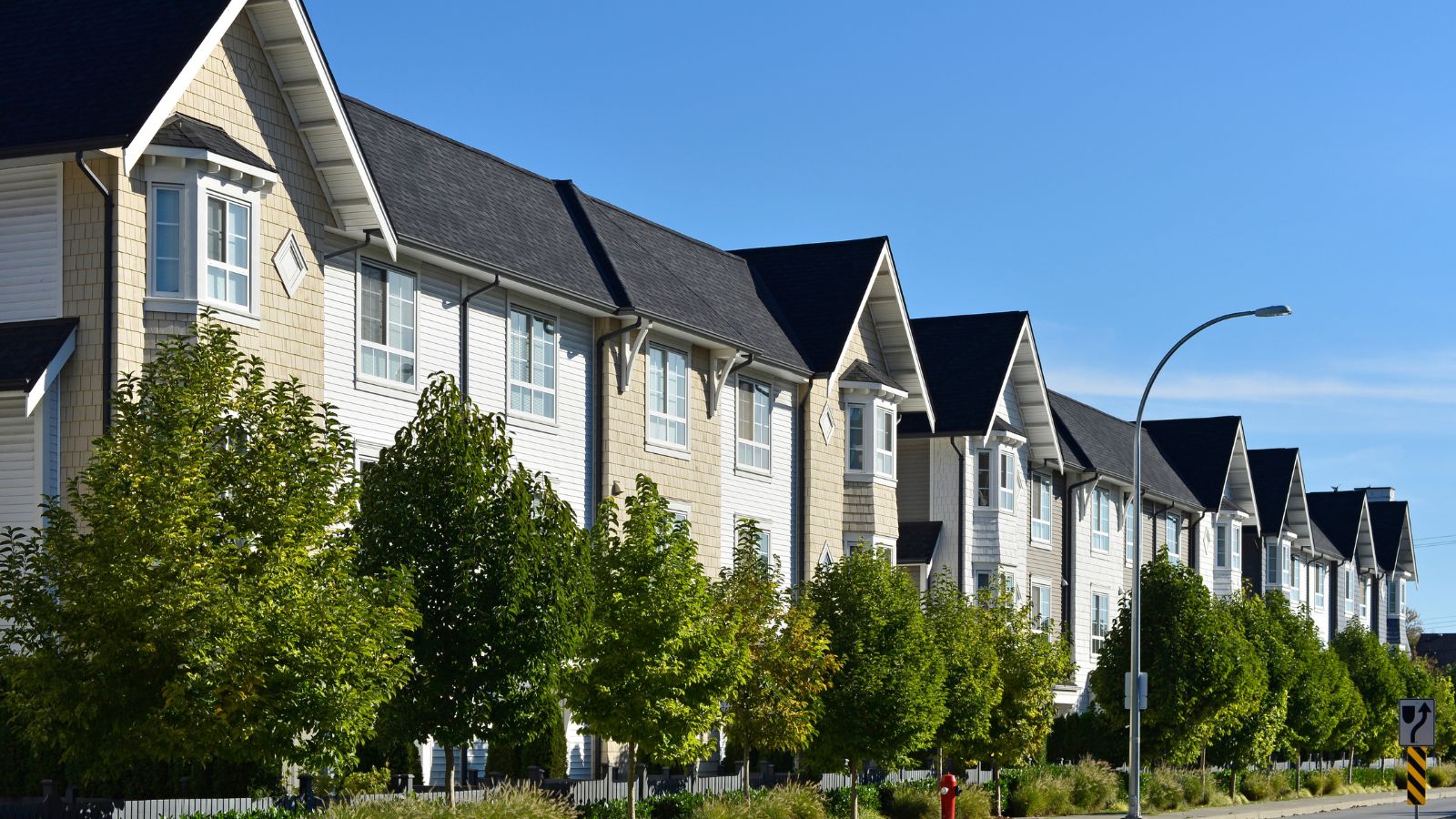
Langley, once a quiet agricultural town, has transformed into a rapidly growing urban center. Its proximity to Vancouver makes it a prime location for those seeking affordable housing outside of the city. However, this growth has come with a price, as Langley’s housing market has seen substantial increases in both home prices and rents. Millennials are finding it increasingly difficult to afford homes in Langley as the market becomes more competitive and prices continue to climb.
Barrie, Ontario
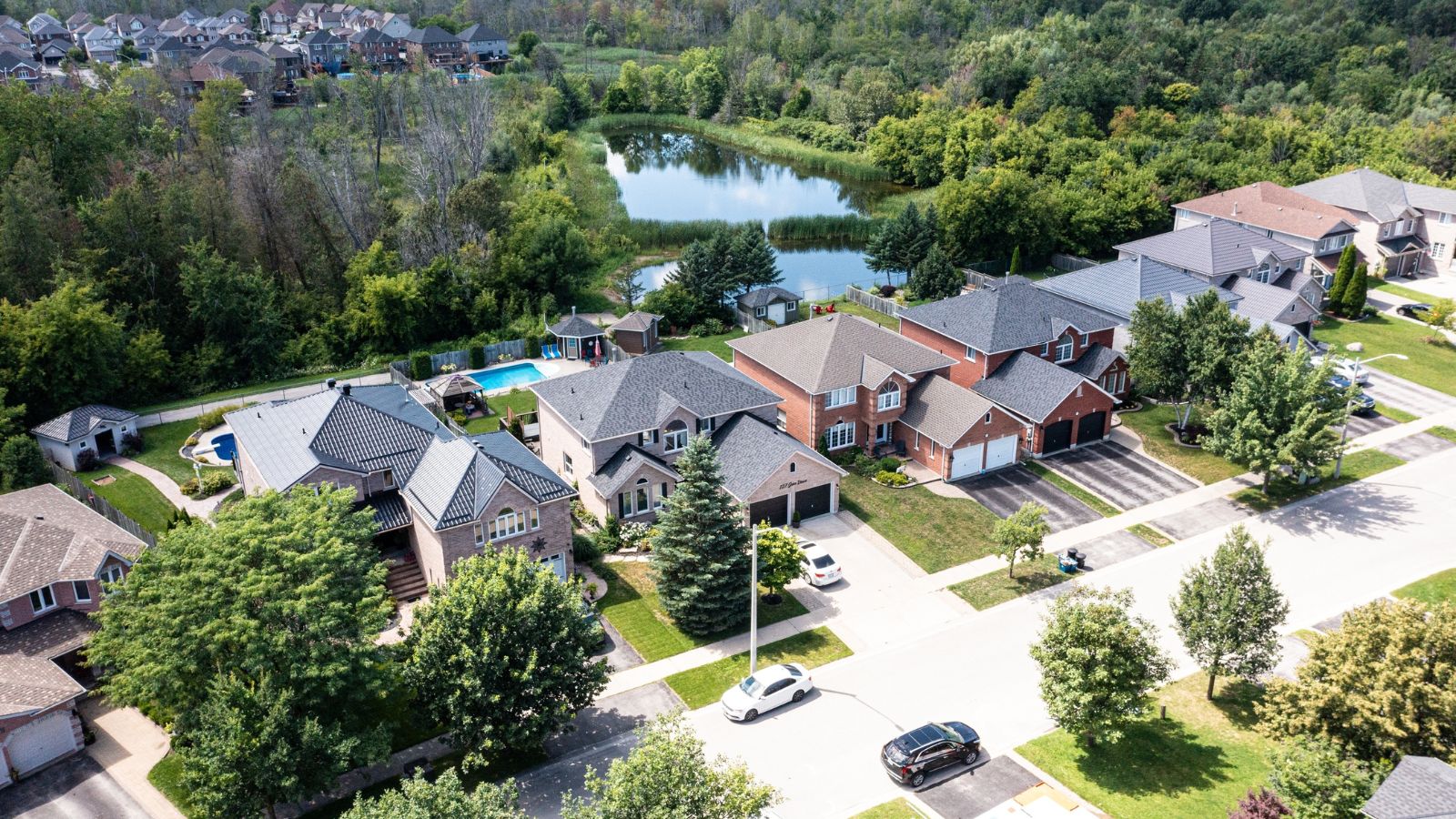
Barrie, located just north of Toronto, has become increasingly popular with millennials who are looking to escape the high costs of living in the city while still being within commuting distance. The city’s housing market, once considered affordable, has seen significant price increases due to rising demand. As a result, millennials are struggling to keep up with the escalating home prices and rental rates. For many young people, this has meant either looking for more affordable options further away from Toronto or waiting longer to enter the housing market.
Calgary, Alberta

Calgary has traditionally been a place with relatively affordable housing compared to other major Canadian cities. However, in recent years, the city’s real estate market has become more competitive as job opportunities in sectors like energy and tech draw new residents. While the economy fluctuates, Calgary’s housing prices have steadily risen, making it harder for millennials to afford a home. Although Calgary’s rental market is somewhat more affordable, the cost of living has been steadily creeping upward, further putting financial strain on young people.
Saskatoon, Saskatchewan
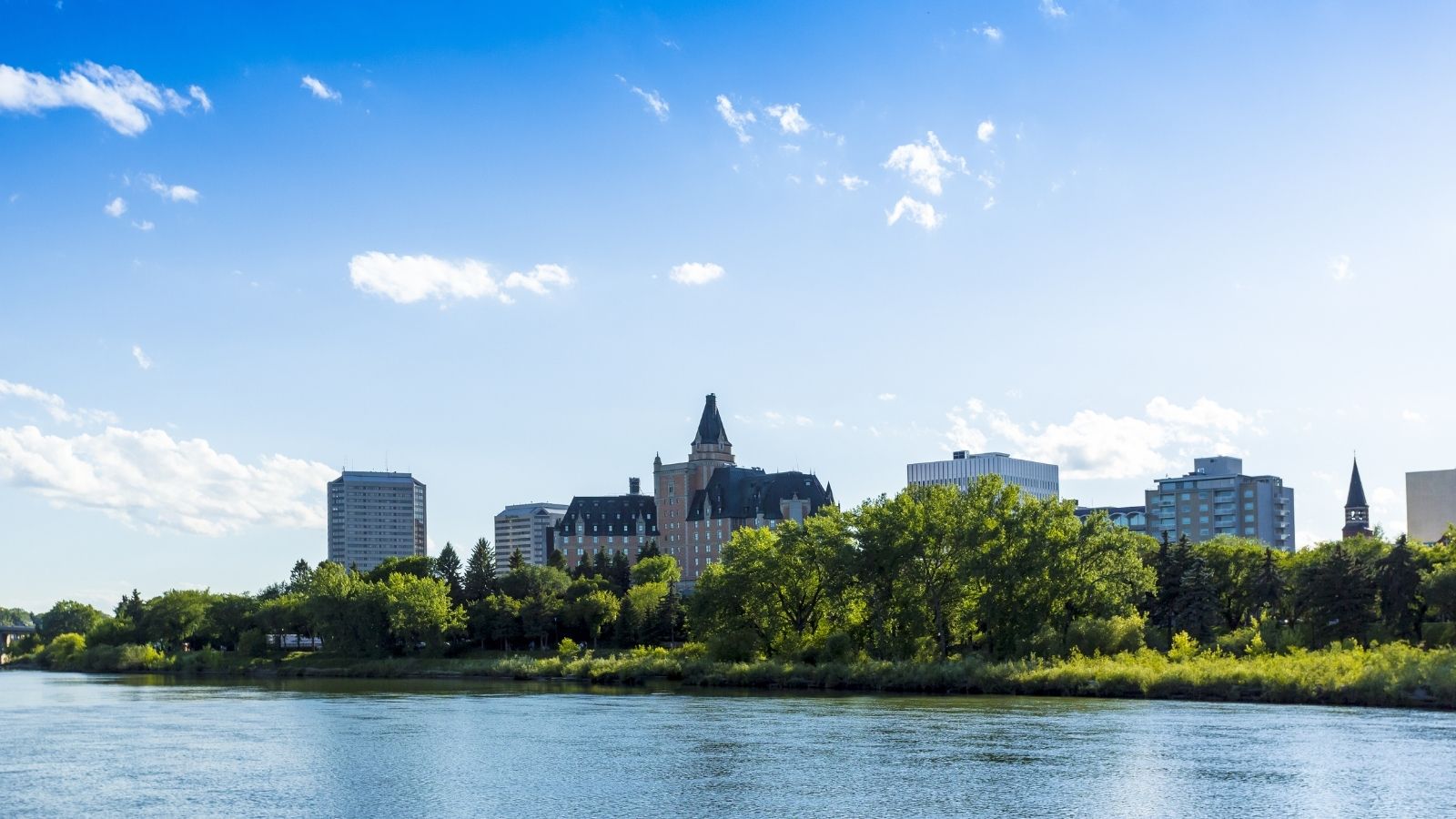
Saskatoon has experienced significant population growth, which has led to increased demand for both homes and rental properties. This demand has led to a rise in housing prices, making it increasingly difficult for millennials to afford a home in the city. While the cost of living in Saskatoon is still relatively low compared to other major cities, the price of real estate has begun to outpace wage growth, leading many millennials to reconsider their plans to live in the area long-term. Renting has also become more expensive, creating additional barriers to entry for young people.
Quebec City, Quebec

Quebec City, known for its historical charm and lower cost of living compared to Montreal, has seen a steady increase in property prices. The growing demand for housing in the area, driven by both young professionals and retirees, has pushed up prices. While the cost of living is still lower than in cities like Toronto or Vancouver, it has become a challenge for millennials to afford housing without resorting to smaller living spaces or more affordable neighborhoods farther from the city center.
Guelph, Ontario
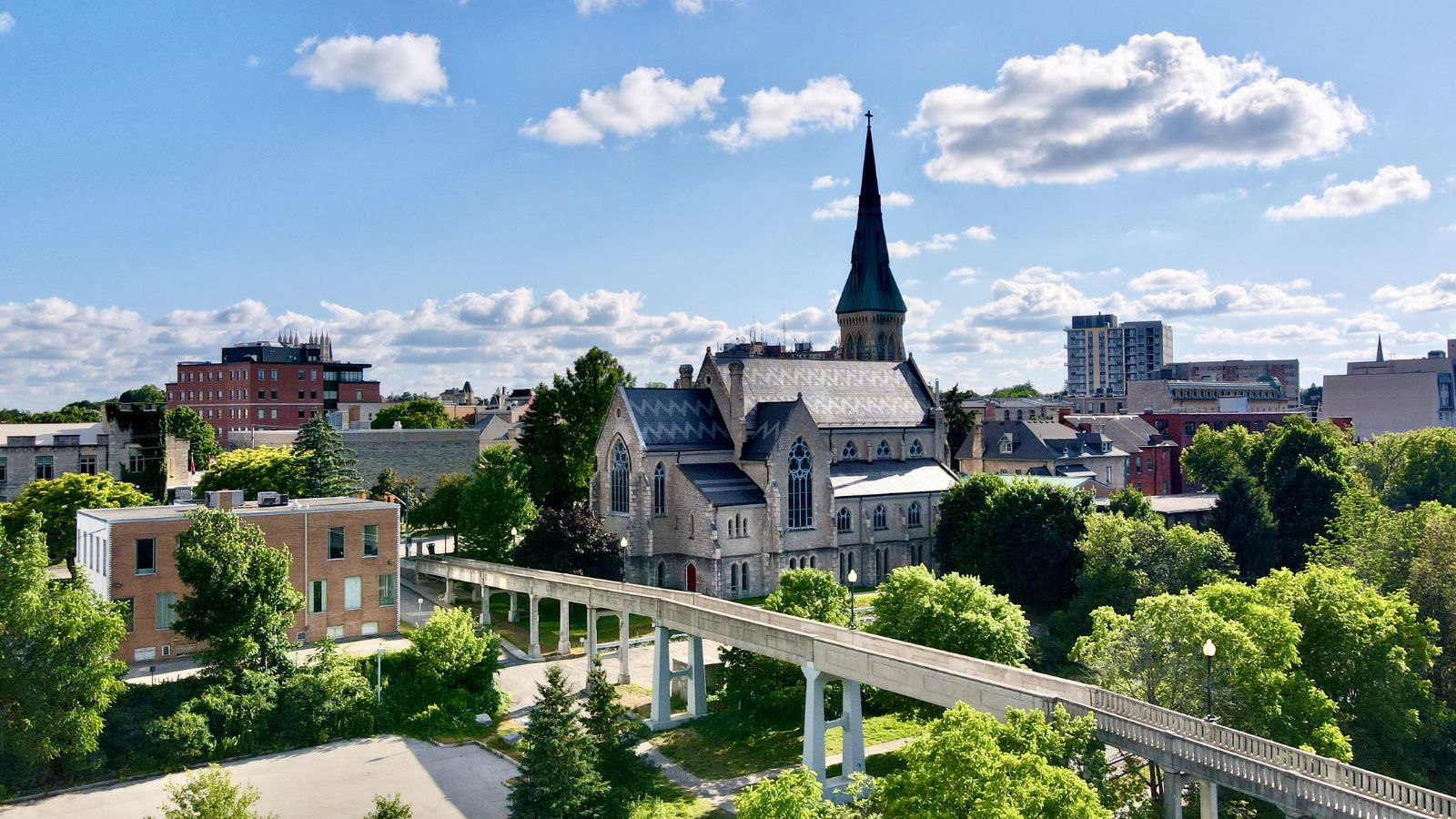
Guelph, a city with a rich history and a vibrant arts scene, has become increasingly popular with young families and professionals. As the population grows, the demand for housing has led to a rise in property values. Millennials looking to buy their first home in Guelph are facing higher prices, and the rental market is also becoming more expensive. With the city’s growth outpacing wage increases, it’s becoming more difficult for young people to find affordable housing in this charming city.
Conclusion

As we approach 2025, housing affordability continues to be a pressing issue for millennials across Canada. The dream of homeownership is becoming more elusive for many, while others are choosing to rent smaller spaces or live in less desirable areas. The trend is a reflection of broader economic shifts, and it remains to be seen how government policies and market forces will evolve to address these challenges in the coming years.
25 Countries Predicted to Become Economic Superpowers in the Next 20 Years

The strength of an economy plays a crucial role in various international policies about trade and relations. Certain factors determine the strength of an economy, including population growth, availability of resources, and development and advancement. Here are 25 countries predicted to become economic superpowers in the next 20 years
25 Countries Predicted to Become Economic Superpowers in the Next 20 Years
